James Smith (@thejames80 on Instagram) is a longtime Worn & Wound reader and watch enthusiast who has contributed to the site a few times before. Back in 2018 he reviewed the 6B MKIII Scramble, and before that he took us through his Seiko SPB053. James has also appeared on the Worn & Wound podcast as part of the “Ask the Collectors” series. Today, James is back with a post about an unusual and interesting vintage dive watch from an obscure brand nearly lost to time, the Nitella All Resist.
With all the scrolling and searching online (I call this “trolling for watches”), sometimes you come across something you have never seen before and you know that it is worth a closer look. That is what happened when I came across this Nitella All Resist vintage diver, which also happened to be for sale. While I was drawn in by the classic skindiver case, there were a few additional photographs within the sales post that caught my attention – a second full inner watch case! That’s right, this one has two sets of crystals, crowns, and casebacks. After a bit of further research, I decided to go through with the purchase. For a refresher on the term skindiver, take a look at this article by Sean Lorentzen.*
Let’s get to the details on this Nitella.
Nitella All Resist*
- Case Material: Stainless Steel
- Dial:*Glossy Black
- Dimensions: 38 x 48 x 14mm
- Crystal: Acrylic* * * *
- Water Resistance:*100 meters
- Crown: Screw down**********************
- Movement:*A. Schild 1580
- Strap/bracelet: Fixoflex Stretch Bracelet
- Lume: Tritium
- Lug Width: 20mm
Brand History*
Nitella is not a common brand and research yields minimal information. What is available is that Nitella was a Swiss company founded by the Loosli family in Tramelan after the Second World War. The company supplied watches under its own name and also worked as an assembly company for various other brands. In 1989, Nitella Watch Co. took over Auguste Reymond SA (ARSA) in Tramelan under the direction of Norbert and Thomas Loosli.
A vintage advertisement for the Nitella All Resist
Case
As was common with watches from the 50’s and 60’s, the name of the watch was sometimes aspirational in nature (think Sea Wolf, Superman, Barracuda). The name All Resist implies a toughness, and I expect much of this trait comes from the double case construction which provides an additional barrier to protect from shock, magnetization, and water intrusion. I have been able to track down a few Nitella All Resist Ads from 1959. While in Swedish, they provide pricing information (a payment plan was even an option) and indicate the double case, 100m of water resistance, and 1500 gauss-resistant. The claimed anti-magnetic properties are impressive when compared to a vintage Rolex Milgauss, which had a resistance to 1000 gauss.
Per servicing photos provided by my watchmaker Kelly Hunter, the inner case is held in position by grooves that align with studs on the inside of the outer case. Additionally, the inner case is secured by a compressed metal positioning piece, which presses between the inner case and outer caseback. While not a spring, this positioning piece would allow for some shock absorption and is part of the overall movement retention system referenced on the stamp on the inside of the caseback: Brevet (French for Patent) 238872. This and future iterations of this outer case design were utilized by multiple brands such as Jacquet Droz, Universal Geneve, Titus, Technos, and Waltham.
The version of the screw down crown installed on this watch is often referred to as a superocean crown. This crown design is said to have premiered on the early Breitling diver (reference 1004) in the late 50’s, and had been used on other watches from this era, notably the first generation Titus Calypsomatic 5913. A two-piece stem allows the outer crown to separate from the inner crown. A stainless steel countdown bezel surrounds the domed acrylic crystal and provides a unique look, especially when compared to the typical aluminum insert typically used in similar watches from this era. This friction bezel still has good friction and remains set while in use.
Dial and Hands
Under the dual crystals, this watch has a glossy black dial with tritium arabic numerals. The lume has retained much of its original green lume color. The minute and hour hands are a typical design found in vintage dive watches, while the second hand is more uncommon and looks to be a hand commonly used in Enicar Sherpa Dive watches from the same era.*
Movement
An A. Schild 1580 automatic movement powers this watch. This low beat movement operates at 18,000 bph, and has a 40 hour power reserve. This movement ceased production in approximately 1960 and provides a rough date of assembly. Movement photos show that the movement components have been electro-plated to a gold color to embellish and protect these brass parts.
During the movement servicing, it was noted that this watch has a gold pallet fork. This is reserved for high quality movements, as gold is non-magnetic and removes the likelihood of the effect of magnetism on timing performance.
Bracelet
I was lucky enough to find this watch with the original Fixoflex bracelet, with folded end links that match the case shape. This design eliminates the need for a clasp as the bracelet stretches to allow the hand through the bracelet.
These bracelets are still available today as an aftermarket option, though these don’t appear much within the enthusiast community. I am of an age where I associate this type of bracelet with my grandfather, since they seemed to be commonly used on gold watches during a past era.
*Summary
This watch’s 38 x 48 mm dimensions is one of my favorite case sizes and fits my wrist perfectly. The case back protrudes slightly off the mid case and sinks into my wrist, yielding a profile that fits under the cuff well, especially while on the bracelet. The squared-off 20mm lugs are drilled and allow for easy strap changes. Personally, I think that the classic Tropic rubber strap compliments this watch nicely in the warmer summer months. Though I would never intentionally wear this watch into water, a water resistance of 50m was confirmed and allows for a more carefree wearing experience.*
For collectors out there, if one of these comes up for sale, check to see that the crown is in good condition. These crown types are very difficult to replace and a full crown replacement would be required if the original is damaged. Alternative to the All Resist, there are many other vintage dive watches which utilize this dial type in a more traditional watch case. Happy trolling for watches!
Movement photos by Kelly Hunter (@art_of_the_watch)
Images from this post:
The post Vintage Tech with the Nitella All Resist appeared first on Worn & Wound.


More...



 Likes:
Likes: 

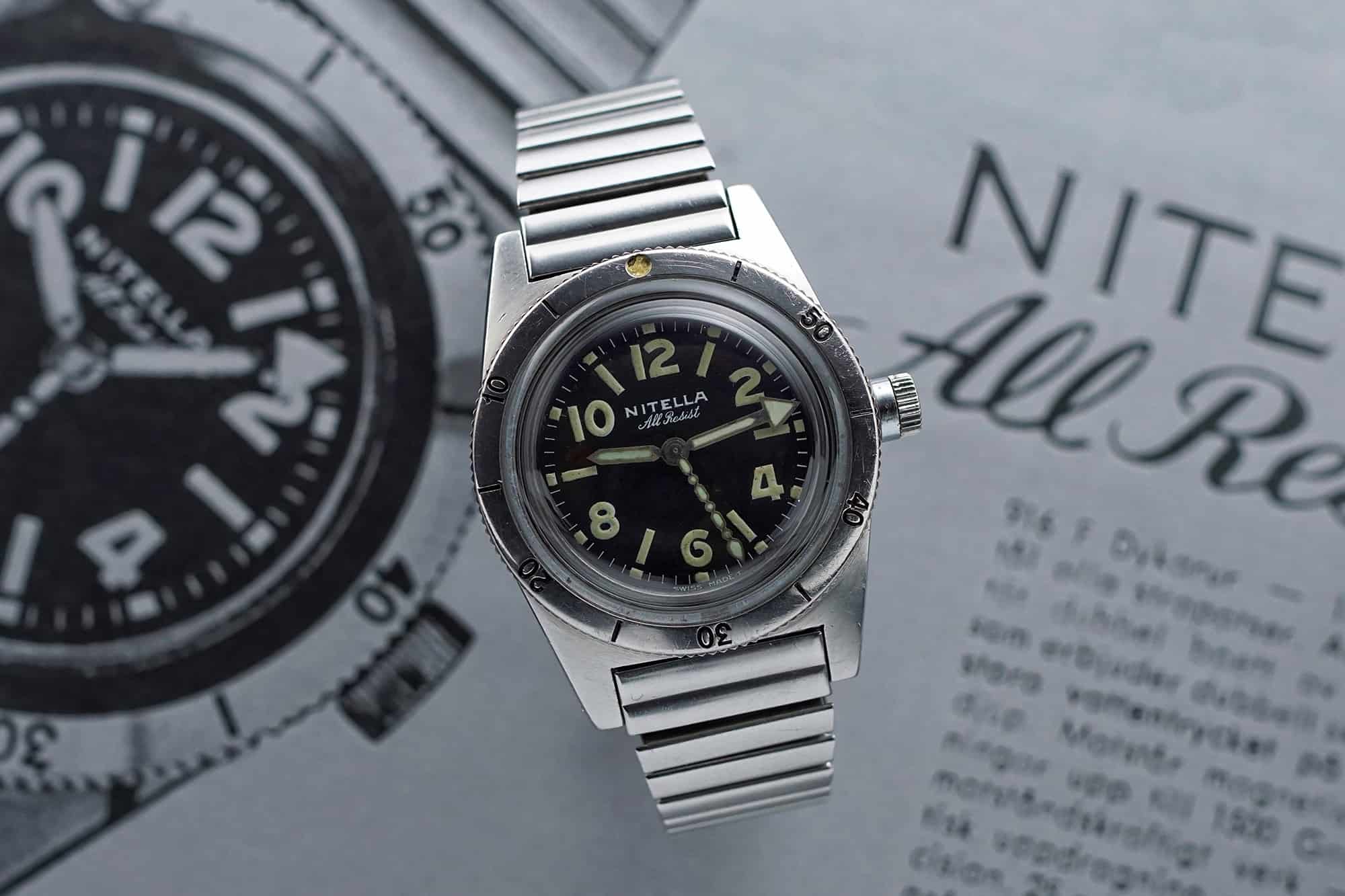
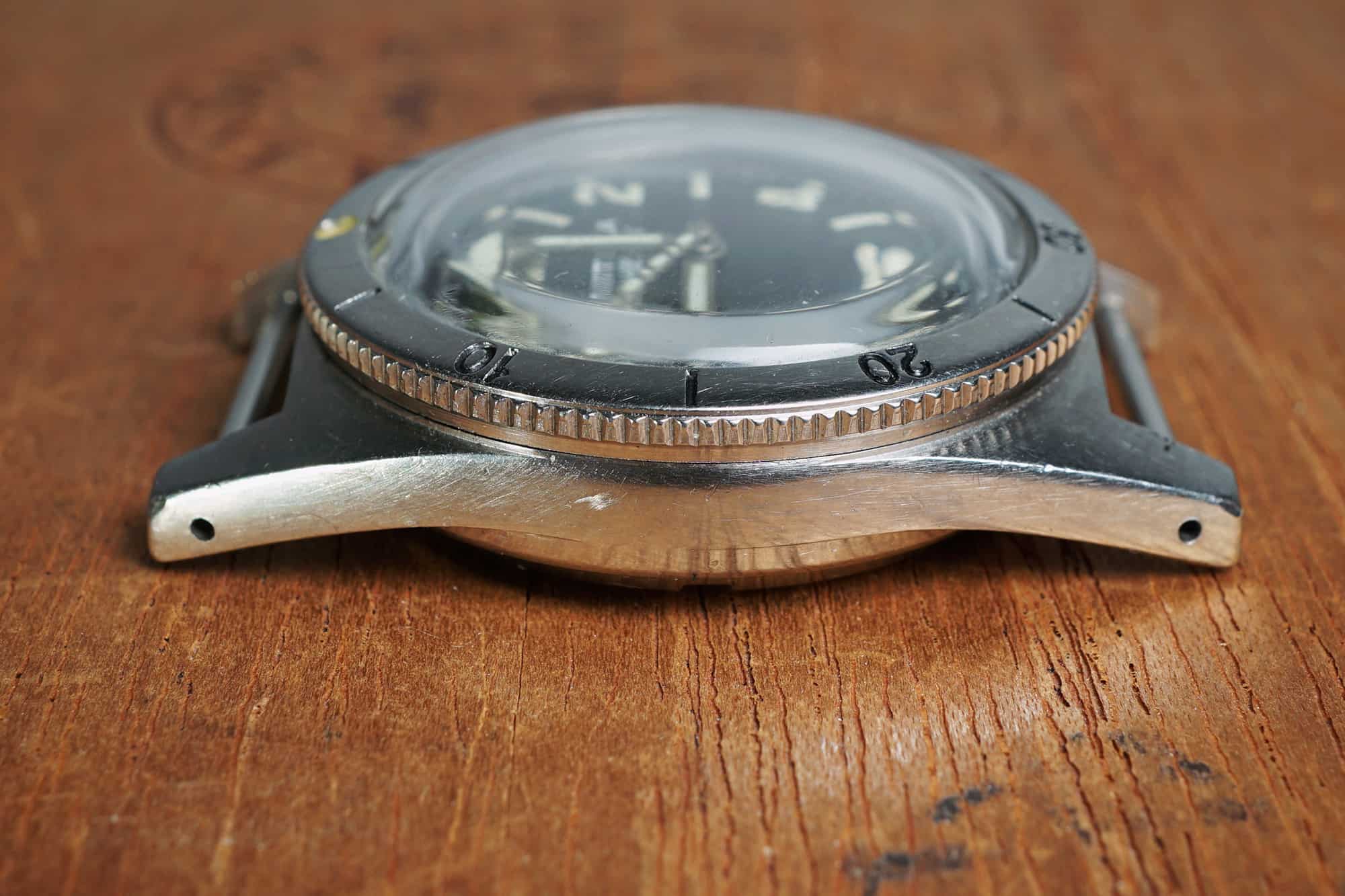


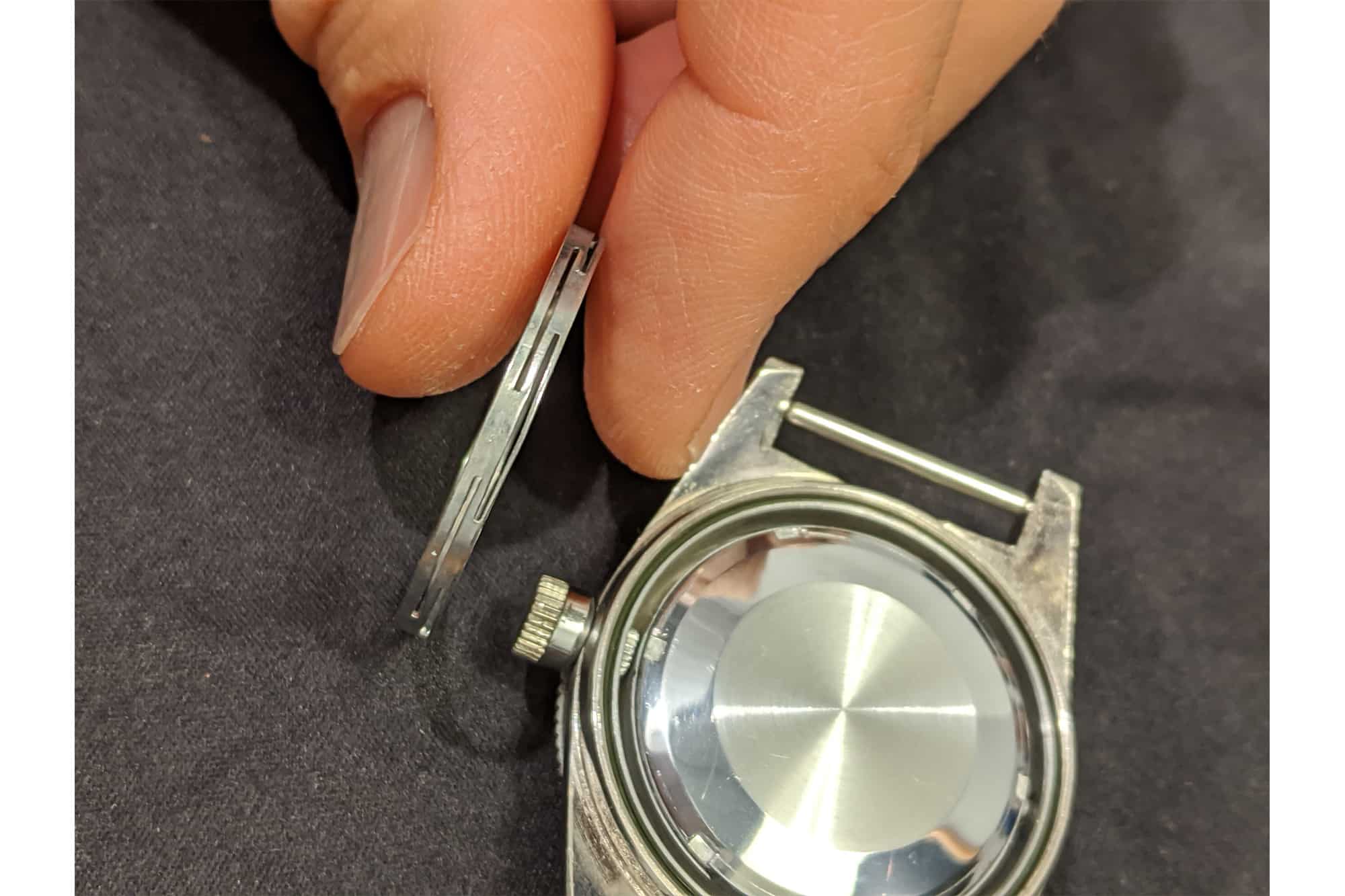
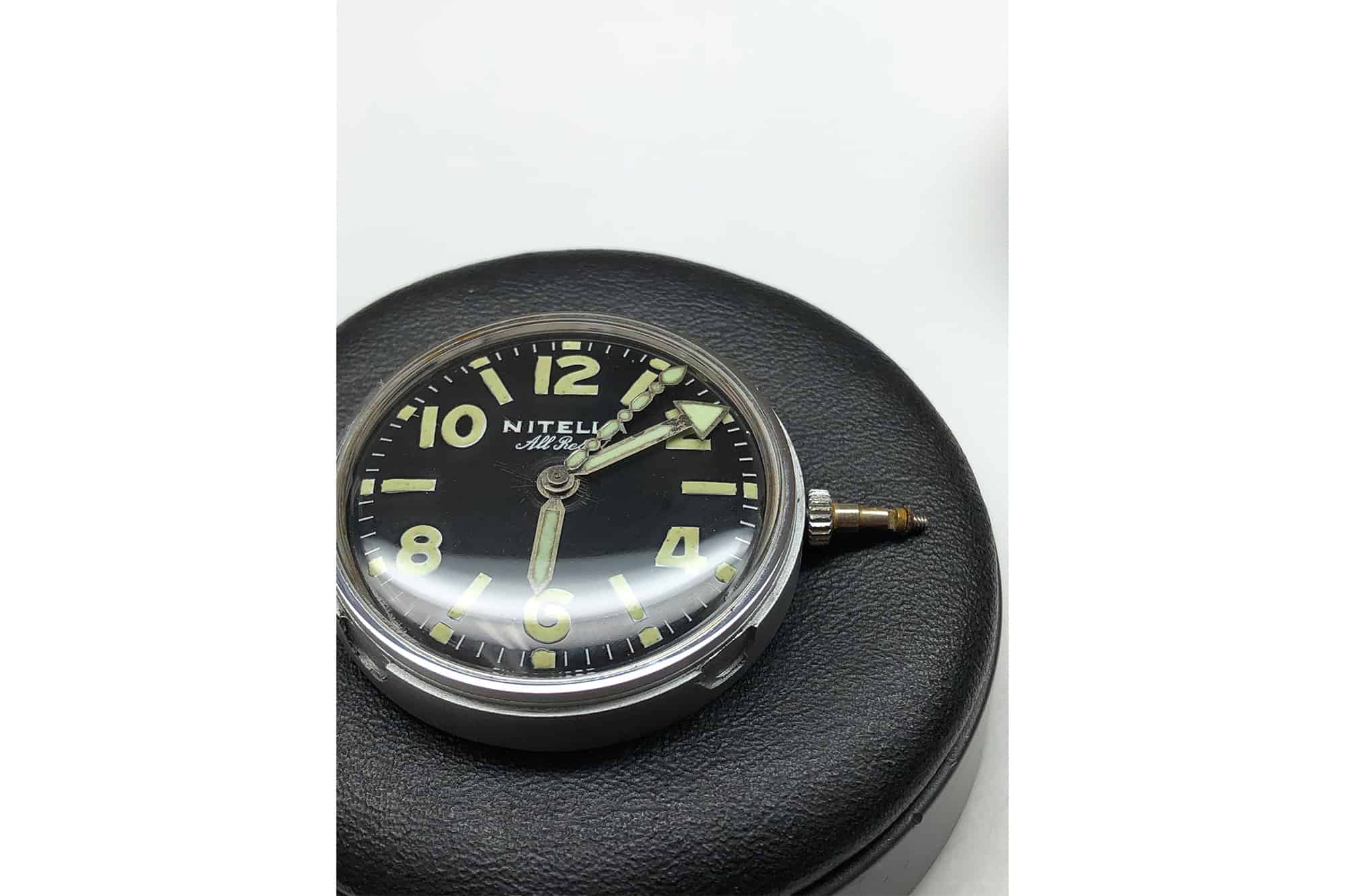
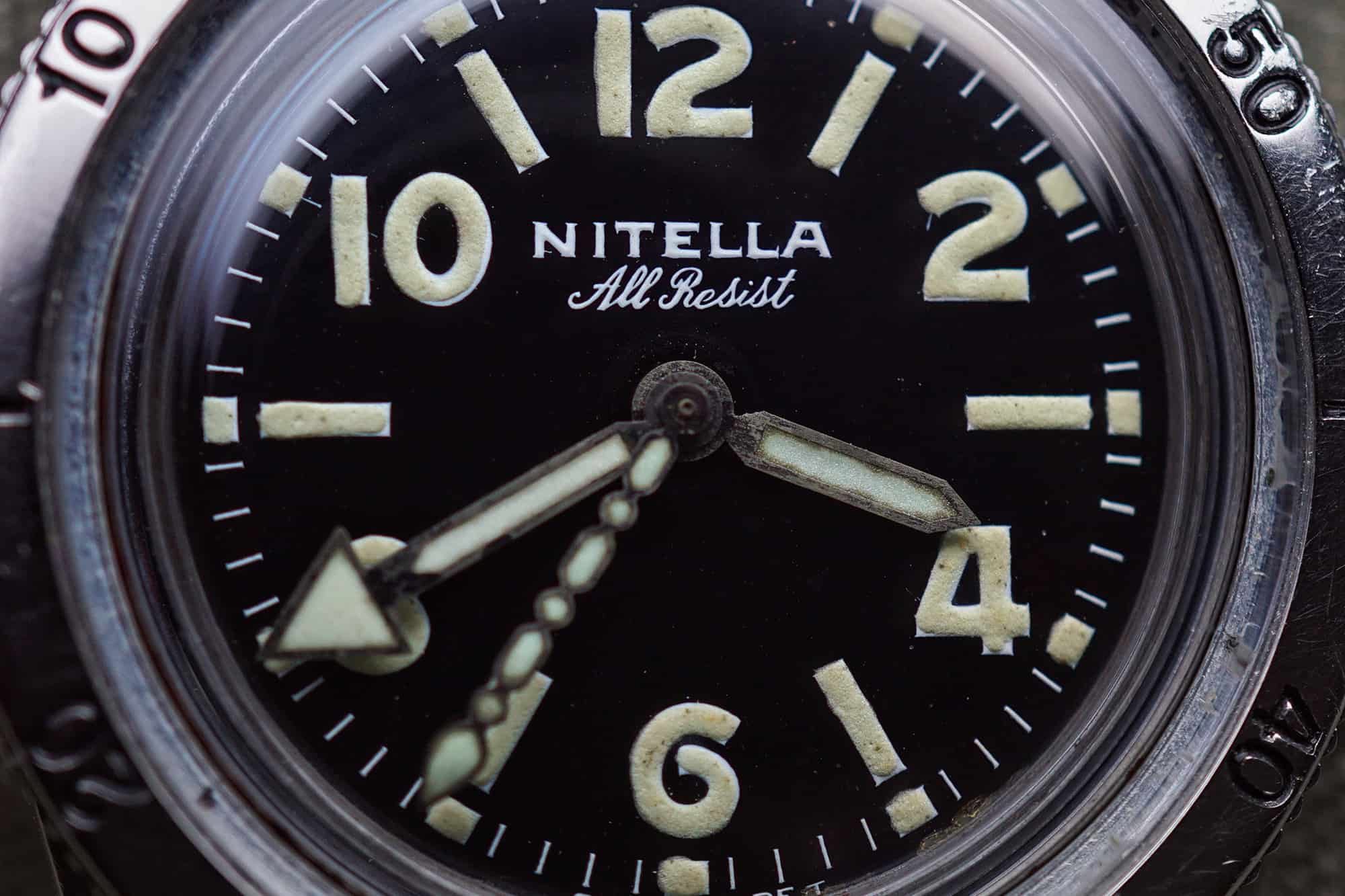
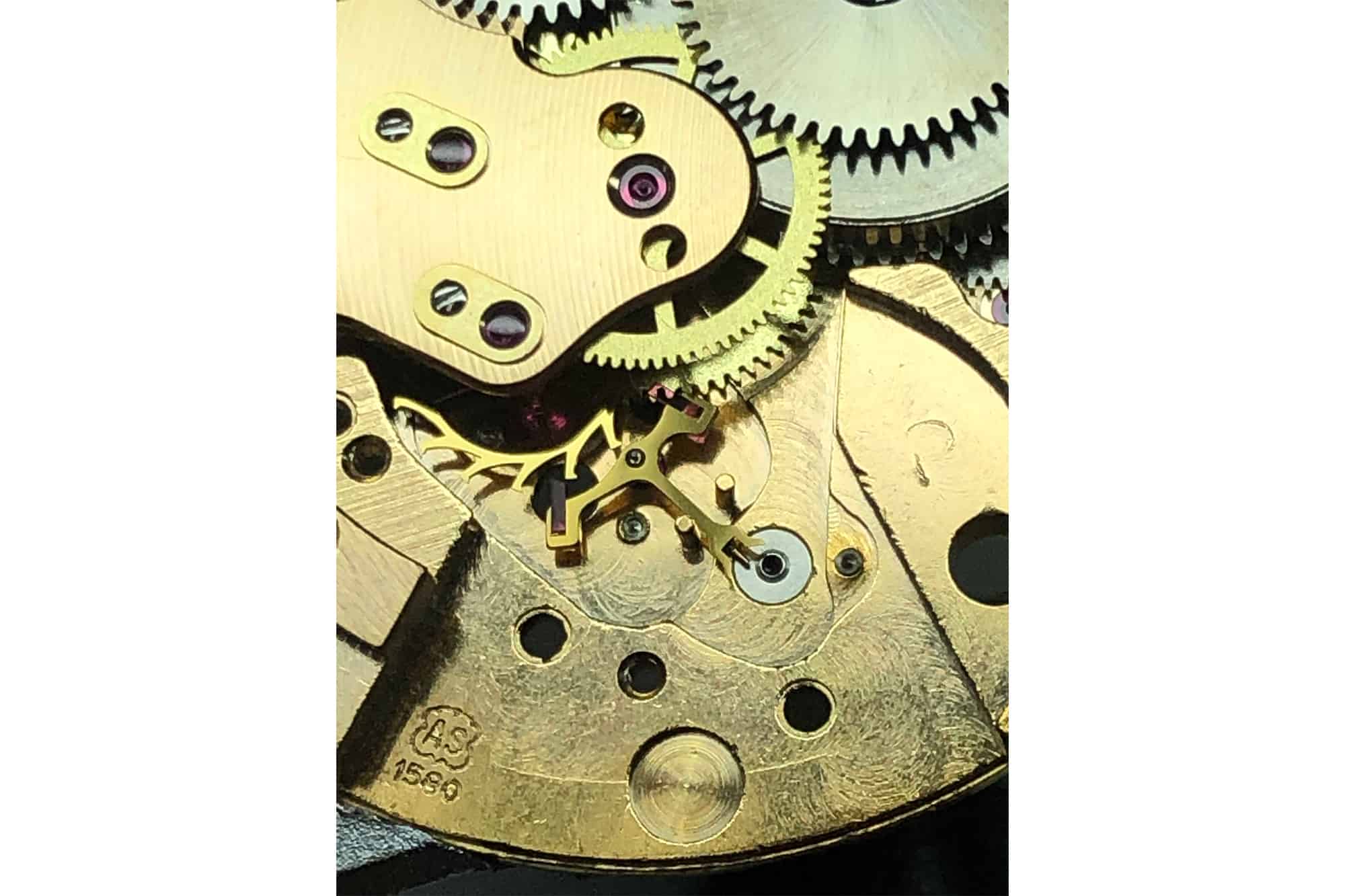
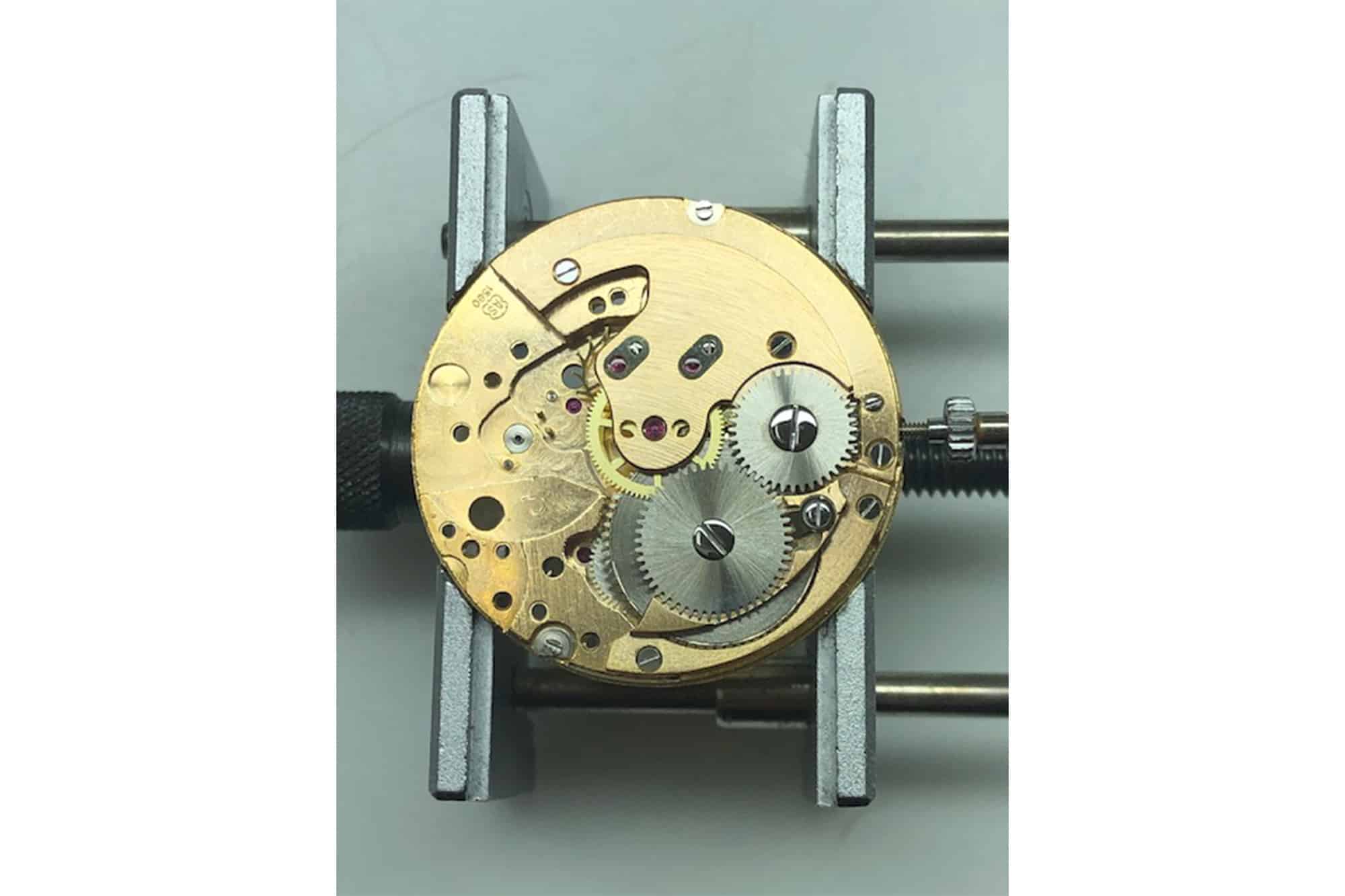

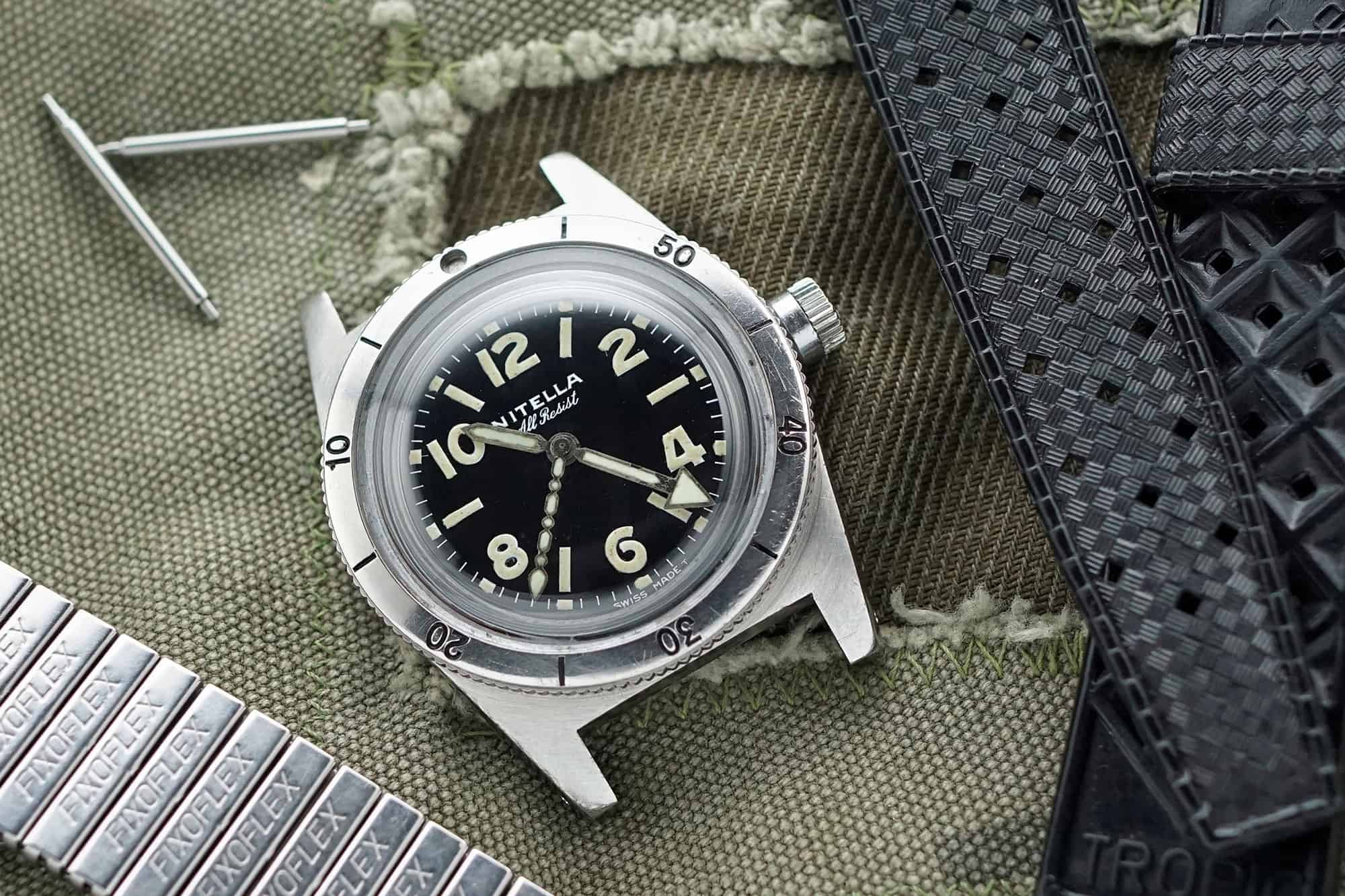

 Reply With Quote
Reply With Quote